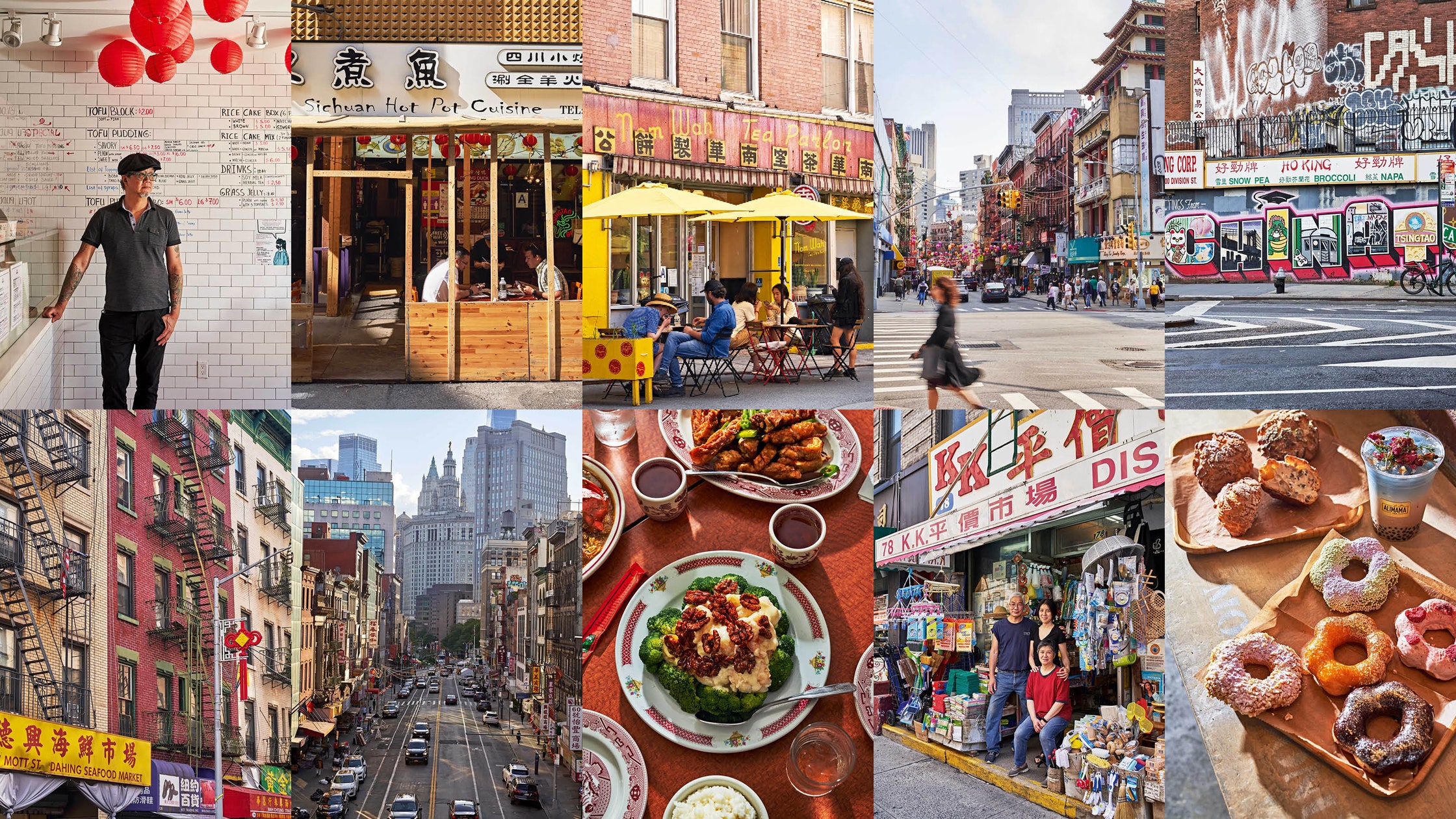Chinatown: A Cultural Legacy and Culinary Haven
My mother cried when I got a job in Chinatown. ‘Twenty years we worked there so you wouldn’t have to,’ she said, sobbing. She shopped there, she worshipped there, she ate there, but for her, the point was to get out of there: to be somewhere else meant you had made it. Eventually she calmed down enough to say, ‘Fine. But if you hear gunshots, don’t be a hero.’
A Home Away From Home
In 1999, Chinatown had become safe. It had always been delicious. Although I never told her this, it had always felt like home—not in a comforting way, but rather in a way that felt infused with obligation and love. Being the son of immigrants from Hong Kong, I spent my youth resisting my parents’ efforts to assimilate me into their culture. Now, I often feel as if I can never be Chinese enough.
The Cultural Mosaic of Chinatown
For years I played tour guide for visitors in Chinatown, sharing my knowledge with practiced lines. I would tell them that Mott Street General Store opened in the 1800s to sell groceries to Chinese men who were forced to cook for themselves because America forbade them to bring their wives. We would visit places like Fong Inn Too, a fresh tofu shop where we’d savor bowls of silky soy pudding, quivering under a layer of brown sugar syrup, while standing over a rubbish bin. The sheer delight in their faces when they turned the corner of Doyers Street to glimpse the picture-perfect view made it feel like we were sharing a hidden gem.
A Historical Perspective
This neighborhood occupies a unique space in the life of New York City. In the 1870s, individuals fleeing the anti-Chinese movement in California settled in the infamous Five Points slum, establishing themselves in occupations that didn’t threaten white workers. Over time, the restaurants they opened attracted bohemians; now, every Chinatown in the USA attracts food enthusiasts. However, gentrification’s inexorable creep makes New York’s Chinatown a precarious home to local delicacies, like dumplings available for just five for a dollar. The area faces challenges including the recent surge in anti-Asian sentiment during the pandemic, but even so, Chinatown remains resolute, driven by an enduring will to thrive.
Resilience in the Face of Adversity
Recently, I visited Mee Sum Cafe and enjoyed a cup of ginger-and-lemon tea with Grace Young, a prominent figure in Chinese culinary writing. She mourned the loss of longstanding establishments, mentioning names like Hop Shing, Bayard Restaurant, and Lung Moon Bakery that closed due to the pandemic. We sat among dining tables, waiting for patrons, lamenting that we don’t want a Chinatown filled solely with trendy culinary creations. If we lose the classics, they may vanish forever.
Revitalizing Tradition
On a walk through the neighborhood, I was struck by familiar sights—vendors grilling cumin-dusted kebabs like they do in western China, and local residents navigating the streets. At Fong On, a family tofu shop established in 1933, I treated myself to a bowl of freshly made tofu pudding. The shop’s immaculate tile and festive lanterns immediately transported me back to my childhood.
Embracing the Future
Paul Eng, the current owner, transformed the family business to appeal to a new generation. “I’m grateful for those customers because that says there’s a future,” he shared, recognizing a vital connection between the past and the present. The younger generation is now taking a stand, eager to preserve the culture that runs through Chinatown’s veins. Sophia Ng Tsao, who grew up in her parents’ store, reflected on how her customers spurred her to connect with heritage and embrace the community spirit.
A Culinary Experience
As I explored more of Chinatown, I was reminded of my childhood memories of eating wonton mein during summers in Hong Kong. At Noodle Village, I relished a bowl that was perfectly made—springy noodles, steaming broth, and wontons that truly lived up to their name, “swallowed clouds.” This nourishing meal served as a symbol of the neighborhood’s reawakening post-pandemic.
Conclusion
Chinatown stands as a testament to resilience and cultural evolution. It embodies a rich tapestry of tradition and innovation that continues to thrive, and it invites new generations to partake in its legacy. Whether through cherished local eateries or the passionate community members dedicated to keeping history alive, Chinatown remains a vibrant and essential piece of the New York cultural landscape.
Keep scrolling for more images…




